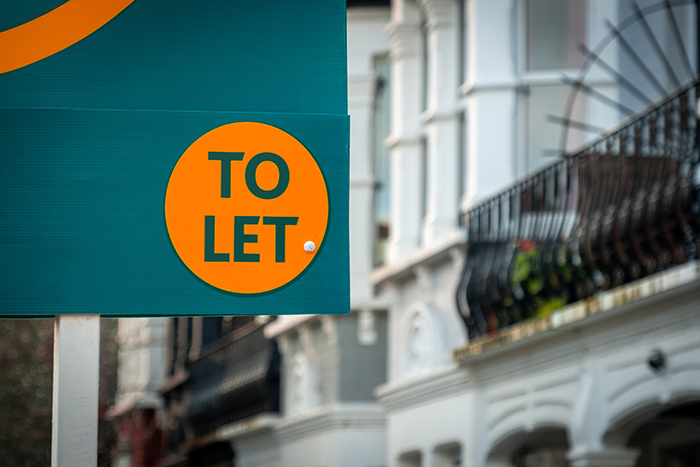
The number of buy-to-let mortgages in arrears rose 29% from the second to third quarter this year, according to UK finance figures.
The Mortgage arrears and possessions report for Q3 released by UK Finance today shows 11,540 BTL mortgages were in arrears for the quarter, accounting for 0.57% of all outstanding BTL mortgages. The trade body says is driven by the combined impact of both cost-of-living pressures and higher interest rates, exasperated when landlords are unable to raise rents to cover their increased outgoings.
For homeowners, arrears rose by 7% in Q3, with 87,930 borrowers behind on mortgage payments, making up 1% of all outstanding residential properties with a mortgage.
However, while the figures are up quarter on quarter, UK Finance emphasises the comparison with Q3 2009, when the number of BTL and residential mortgage borrowers in arrears stood at 207,200, over twice the combined figure last quarter.
It says this reflects the benefits of lender stress tests carried out to ensure borrowers will be able to keep up with their mortgage payments, even if their interest rate rises above those in place when they first took out their mortgages.
There were 630 homeowner mortgaged properties taken into possession in the third quarter, 9% fewer than in the previous quarter, while 450 BTL mortgaged properties were taken into possession during the same period, unchanged from Q2 2023.
“As worrying as this increase may be to many, the number of possessions fell. This shows the increased forbearance that lenders are showing to struggling borrowers.
“When you consider that lenders had to stress test borrowers up to 8% for almost all of the mortgages in existence today, the question is why is this happening? The answer, unfortunately, is most likely that the ultra-low interest environment that we have experienced over the last few years has led to a level of complacency.
“The rising cost-of-living and higher interest rates has come as a massive shock to many and budgeting for higher costs is not something borrowers have had to do for a very long time. No-one, especially lenders, wants to repossess homes. It’s expensive, horribly upsetting and disruptive. So, lenders will again be looking to do everything they can to avoid taking more homes into possession in the coming months.”



